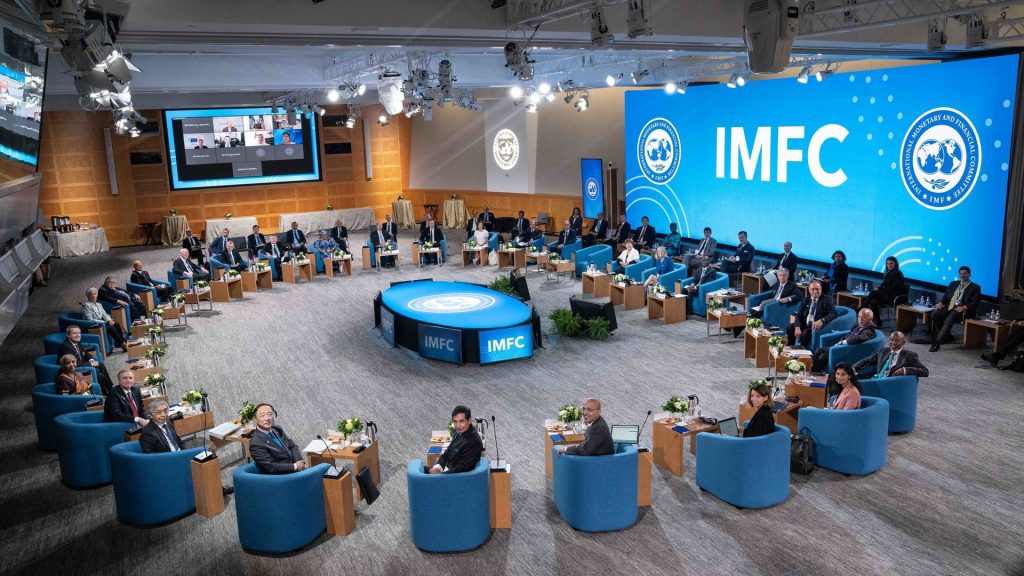The International Monetary Fund (IMF) has recently called for Tanzania to adopt a more flexible exchange rate policy to promote economic stability. This stance has sparked conversations within the country’s economic and political circles, highlighting the intersection of national policy and global financial recommendations.
IMF has emphasized the need for a unified macroeconomic approach to rectify emerging foreign exchange disparities. According to a recent IMF country report, the Bank of Tanzania (BoT) should adopt a more flexible exchange rate system, ensuring that the exchange rate accurately mirrors market conditions and provides a buffer for the economy against external shocks.
Read IMF Report: Tanzania’s Economic Growth Projected to Reach $136 Billion GDP by 2028.
The report also recommends revitalizing forex markets, returning to a market-clearing exchange rate system, maintaining adequate reserves, and judicious forex interventions to prevent disorderly market conditions. These actions should be coupled with fiscal consolidation and the tightening of local currency liquidity.
The Monetary Policy Committee (MPC) convened recently, acknowledging that the policy stance had alleviated pressure on foreign currency demand in October and November. This was attributed to supportive fiscal policies and improved proceeds from exports and tourism. The MPC expressed satisfaction with the BoT’s measures to address the foreign currency shortage and recognized the government’s policies to boost exports and import substitution as factors that would enhance the current account, bolster foreign exchange reserves, and stabilize the exchange rate.
Notably, the current account experienced a slight improvement, primarily driven by increased foreign exchange earnings from traditional export crops and tourism. Foreign exchange reserves were reported to be healthy, standing at approximately 5.0 billion US dollars last month, enough to cover over four months of imports.
The exchange rate exhibited a year-on-year depreciation of around 7.8%, mainly attributable to a scarcity of foreign currency liquidity, although it is projected that foreign reserves will remain sufficient.
At last month’s close, the Tanzanian shilling was trading at 2,496/2,521 compared to 2,495/2,520 the previous day, as the BoT’s daily exchange rate report indicated. The BoT’s monthly economic review for November revealed increased inflows from traditional goods exports, primarily driven by coffee and tobacco exports.
Travel and transportation receipts showed significant growth, amounting to 5,838.8 million US dollars for the year ending last October, compared to 4,555.1 million US dollars in the previous year’s corresponding period. This surge was primarily driven by a notable rebound in the tourism sector, with tourist arrivals reaching a record high of 1,750,557 compared to 1,381,881 in the previous year.
Additionally, service receipts for the month were reported at 550 million US dollars, a marked increase compared to the prior year’s corresponding period.
Also read IMF’s Vote of Confidence: Tanzania’s Economic Reforms and the Path to Prosperity.

